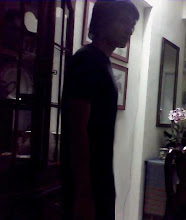Today I plan to write a program for the challenge course. My program will have the necessary blocks for my robot to finish the course, finishing each challenge that comes in its way with ease. My program will be as follows:
Challenge 1 = Program robot to Start with a "clap" and stop for twenty seconds when it senses a low light value (lower than threshold set).
Challenge 2 = Use touch sensor to sense pillar (knock into pillar), then program to reverse and swing turn left.
Challenge 3 = Program forward and use ultrasonic sensor to sense desk, when it senses it, swing turn right.
Challenge 4 = Program robot to move forward, using the ultrasonic sensor again, sense the randomly placed object and swing turn right then left.
Challenge 5 = Move forward and sense low light value.
My robot design needs to be finished, as well as my program.
Final Class Blog
-
Robotics has come to an end after a semester of hard work and programming.
I have learned many new things such as robot construction, programming the
NXT, ...
16 years ago

